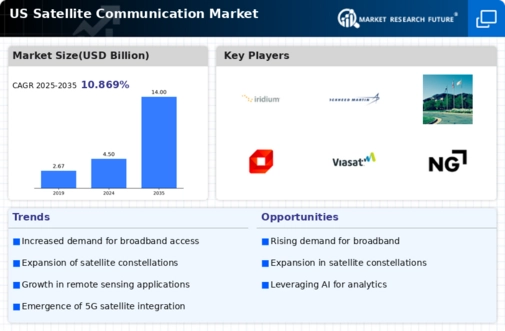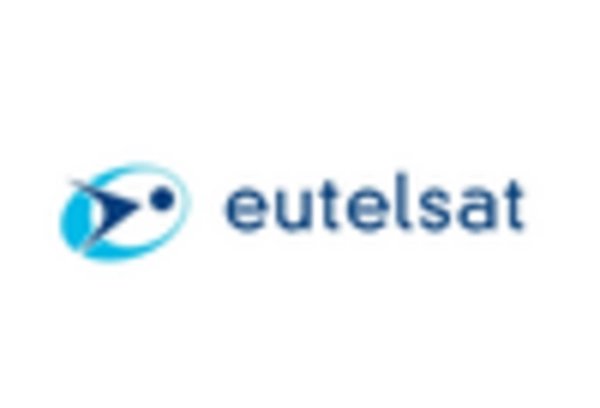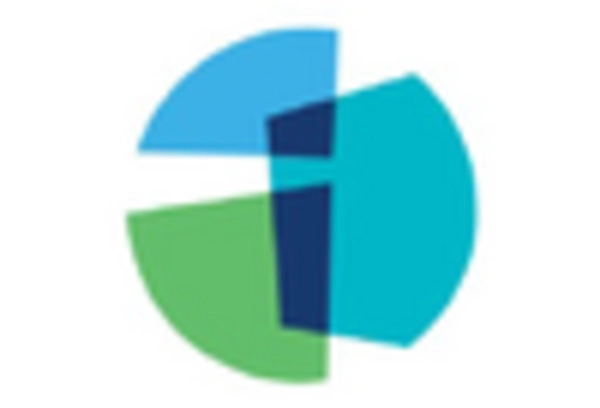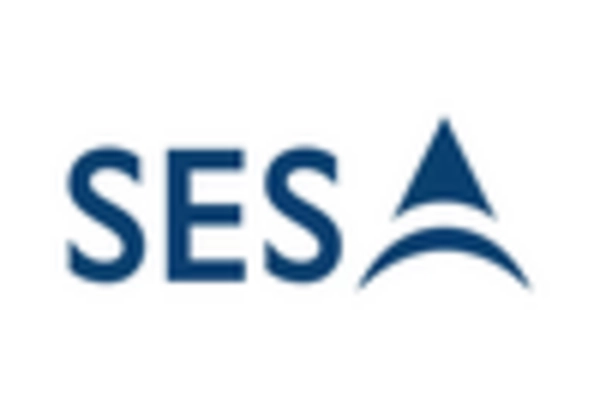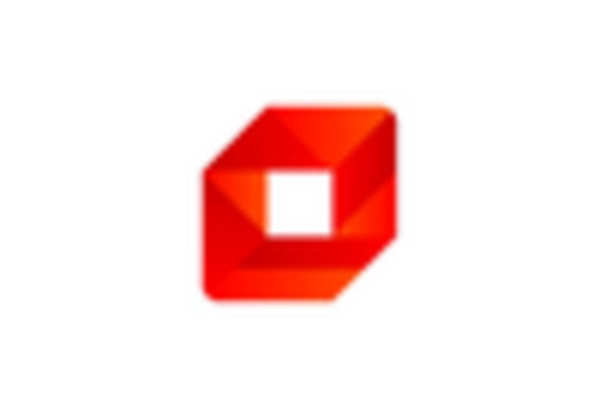Government Initiatives and Funding
Government initiatives play a crucial role in shaping the satellite communication market. The US government has recognized the importance of satellite technology in enhancing national security and improving communication infrastructure. Recent funding programs aim to support the deployment of satellite systems, particularly in underserved regions. For instance, the Federal Communications Commission (FCC) has allocated substantial resources to promote satellite broadband initiatives. This financial backing is likely to stimulate growth in the satellite communication market, as it encourages private sector investment and innovation. The collaboration between government entities and private companies may lead to advancements in satellite technology, ultimately benefiting consumers and businesses alike.
Advancements in Satellite Technology
Technological advancements are significantly influencing the satellite communication market. Innovations such as miniaturization of satellite components and the development of more efficient propulsion systems are enhancing the capabilities of satellite networks. The introduction of high-throughput satellites (HTS) has revolutionized data transmission, allowing for increased capacity and improved service quality. As a result, the satellite communication market is witnessing a surge in demand for these advanced systems. Market Research Future suggest that the market could grow by over 15% annually as new technologies emerge. This trend indicates a shift towards more sophisticated satellite solutions that cater to the evolving needs of consumers and businesses.
Rising Demand for Global Connectivity
The demand for The satellite communication market. As businesses expand their operations internationally, the need for reliable communication solutions becomes paramount. Satellite communication offers a unique advantage by providing coverage in remote and underserved areas where traditional infrastructure may be lacking. The market is projected to grow as organizations seek to establish seamless communication channels across borders. Recent studies indicate that nearly 40% of companies are prioritizing satellite solutions to ensure uninterrupted connectivity for their global operations. This trend underscores the importance of satellite communication in facilitating international business and enhancing operational efficiency.
Growing Demand for High-Speed Internet
The increasing demand for high-speed internet access is a primary driver in the satellite communication market. As more consumers and businesses seek reliable connectivity, especially in remote areas, satellite communication systems are becoming essential. According to recent data, approximately 30% of rural households in the US lack access to broadband services. This gap presents a significant opportunity for satellite providers to expand their services. The satellite communication market is expected to grow as companies invest in advanced technologies to enhance bandwidth and reduce latency. Furthermore, the rise of telecommuting and online education has intensified the need for robust internet solutions, further propelling the market forward.
Increased Investment in Satellite Startups
The satellite communication market is experiencing a wave of investment in startups focused on innovative satellite technologies. Venture capital firms and private investors are increasingly recognizing the potential of satellite-based solutions for various applications, including IoT and global connectivity. This influx of capital is likely to accelerate the development of new satellite systems and services. Reports indicate that investment in satellite startups has surged by over 25% in the past year, reflecting growing confidence in the market's future. As these startups bring fresh ideas and technologies to the forefront, the satellite communication market may witness transformative changes that enhance service offerings and expand market reach.


